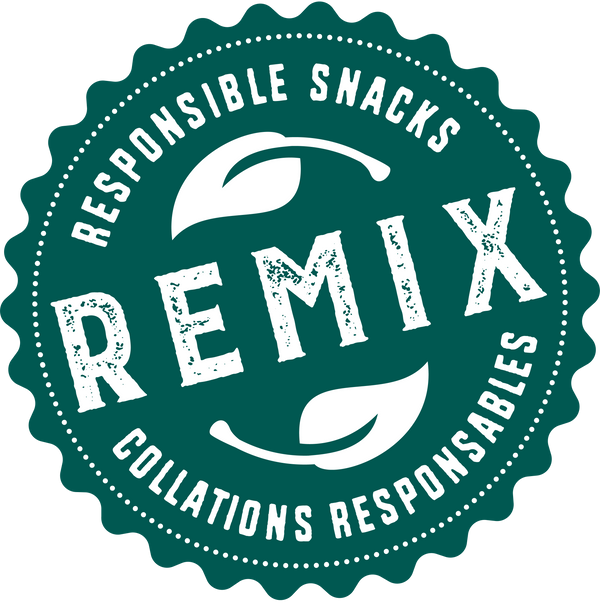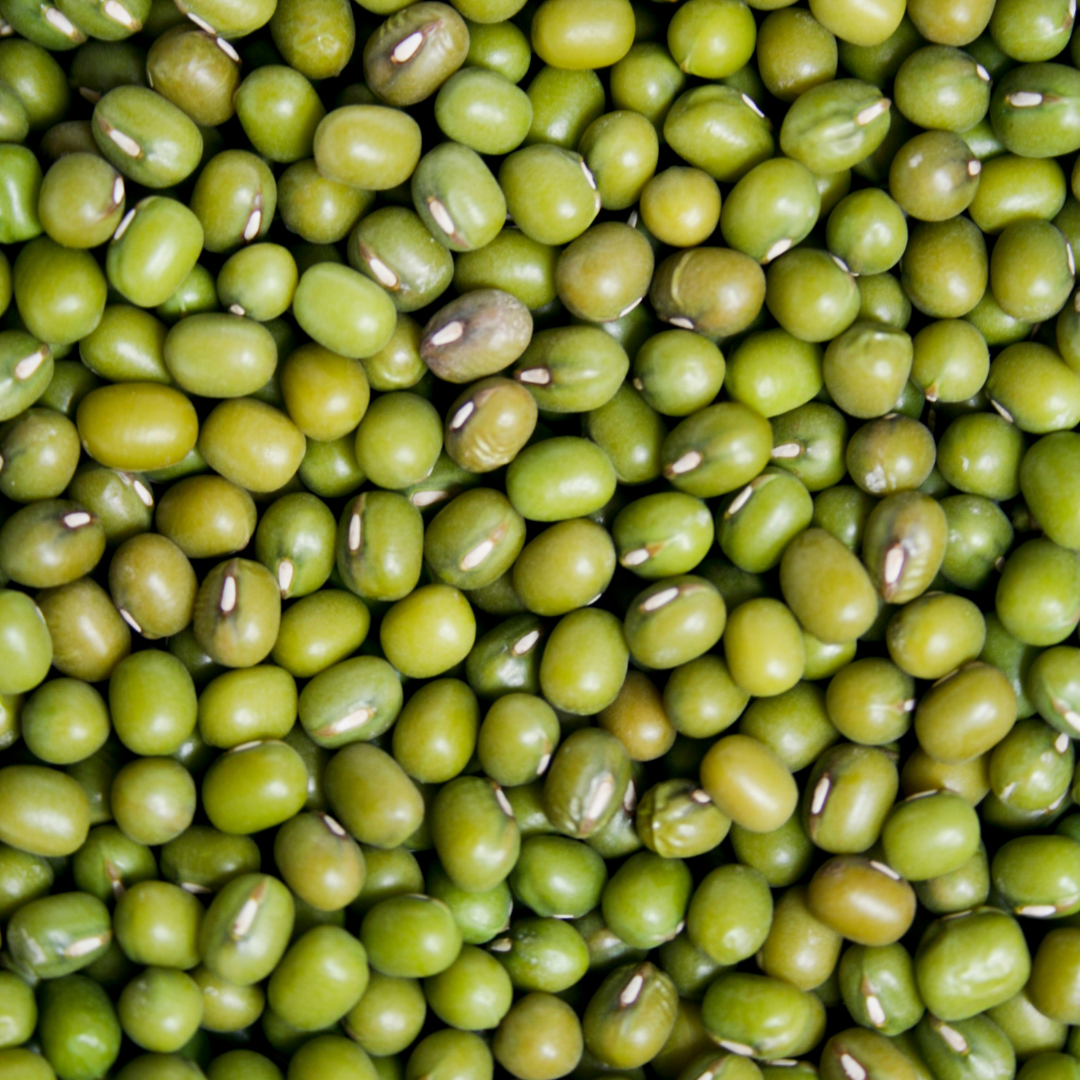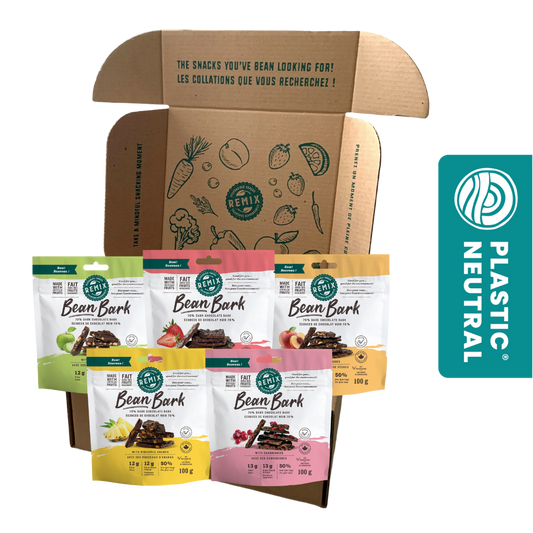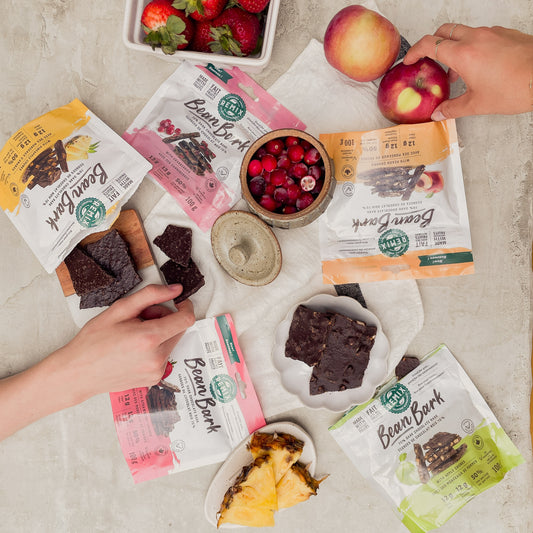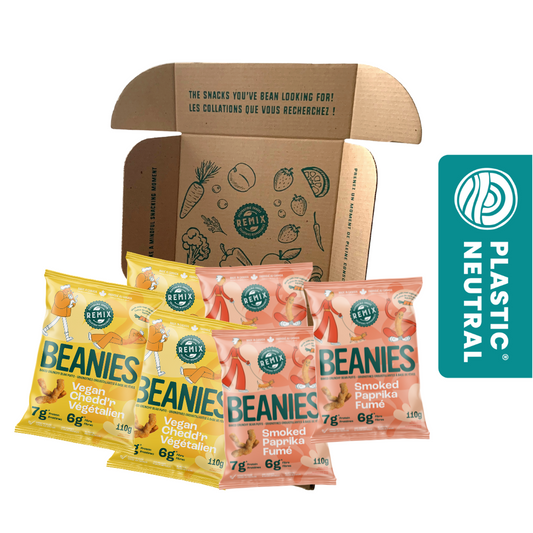Written by: Aviva Rappaport , Jan 2022
Plant-based diets have become more popular for their benefits on health and the environment (Medawar et al., 2019). Recent evidence shows that following a plant-based diet is one of the most effective solutions an individual can take to create positive change on the planet (Wynes & Nicholas, 2017).
Plant-based diets are made-up of fruits, vegetables, whole grains, legumes, nuts, and seeds. You may already be familiar with or consume legumes in your diet, such as chickpeas, kidney beans, and peas.
A legume you may be less familiar with is the mung bean. Also known as the green gram, mash, or moong bean. The mung bean is a small versatile plant-protein with a slightly sweet and nutty flavour (Abdullah et al., 1984). Like other legumes, mung beans are low in fat and play an important role in plant-based diets by providing the body with fibre, protein, vitamins, and minerals.
Did you know that sprouted mung beans have less nutrients than boiled mung beans? One cup of sprouted mung beans has just 20% of the protein and 12% of the fibre that one cup of boiled mung beans contains (Government of Canada, 2021)

1 cup of sprouted mung beans has just 20% of the protein and 12% of the fibre that 1 cup of boiled mung beans contains (Government of Canada, 2021)
Mung beans are often prepared with vegetables, grains, or in soups. Mung beans can be cooked on the stove like other dried beans or be eaten raw if they have been sprouted (Brown, 2018). Mung beans are also an excellent snack!
If you are wondering how the mung bean compares to other legumes check out the table below. Looking to increase your fibre intake? Mung beans have more fibre than kidney beans, chickpeas, and soybeans!
|
Mung beans |
Red kidney beans |
Chickpeas |
Soybeans |
|
|
Serving |
1 cup boiled |
1 cup boiled |
1 cup boiled |
1 cup boiled |
|
Calories |
224 |
equal |
higher |
higher |
|
Protein |
15 g |
equal |
equal |
higher |
|
Fat |
< 1 g |
equal |
higher |
higher |
|
Carbohydrate |
41 g |
equal |
higher |
lower |
|
Fibre |
16 g |
lower |
lower |
lower |
|
Iron |
3 mg |
higher |
higher |
higher |
|
Potassium |
568 mg |
higher |
equal |
higher |
|
Folate |
339 mg |
lower |
Lower |
lower |
|
Zinc |
2 mg |
equal |
equal |
equal |
*Data from the Canadian Nutrient File codes 3298, 3382, 3390, and 3401 (Government of Canada, 2021)
Don’t know where to start or how to find them in the grocery store? Mung beans are sold as dried, canned, fresh sprouted beans, and now as a snack food! Trying a new food can be intimidating, an easy way to incorporate mung beans in your diet is through the new product line by Remix Snacks, Beanies. Beanies are made from mung beans, sorghum, and upcycled carrots. If you haven’t heard about upcycled produce, read more about why it is good for the planet. Beanies are a sustainable Canadian made plant-based snack and are a complete source of plant protein. To learn more about plant protein click here.
Ready to try dried mung beans but don’t know where to start? Here are a few tips to get you started.
To soak or not to soak?
If you are worried that eating beans will give you bloating and gas, try soaking your mung beans before cooking them. Beans contain carbohydrates that can’t be digested, leading to gas production and bloating. This can be avoided by rinsing and soaking the beans, and then cooking them in clean water. Keep in mind that while this may help minimize the bloat, it could decrease the nutrient content, specifically the vitamins and minerals. There are two different options to soak your beans (Brown, 2018).
Long soak: 10 hours
Rinse and sort the beans. Soak the beans in water that is 4 times their volume (ie. if using 1 cup of beans soak them in 4 cups of cold water). Save time by soaking them overnight or before you leave for work in the morning!
Short soak: 1 hour
Rinse and sort the beans. Place the beans and then boil them for 2 minutes on the stove. After boiling remove from heat and allow the beans to soak in the same hot water for 1 hour. After 1 hour drain the beans.
Never cooked legumes before? For best results, simmer your beans rather than boiling them. As a rule of thumb, 1 cup of dried beans will produce 2-2.5 cups of cooked beans (Brown, 2018).
Cooking:
For both methods, discard the soaking water and add fresh water to cook. For best results, simmer your beans rather than boiling them. As a rule of thumb, 1 cup of dried beans will produce 2-2.5 cups of cooked and simmer as usual. If skipping the soak, keep in mind that they will require more water and more time to cook (Brown, 2018).
References
Abdullah, A., Baldwin, R. E., Fields, M., & Karr, A. L. (1984). Sensory Attributes and Safety Aspects of Germinated Small-Seeded Soybeans and Mungbeans. Journal of Food Protection, 47(6), 434-437. https://doi.org/10.4315/0362-028x-47.6.434
Brown, A. C. (2018). Understanding food: principles and preparation (Sixth Edition ed.). Cengage learning.
Government of Canada. (2021). Canadian Nutrient File (CNF) - Search. https://food-nutrition.canada.ca/cnf-fce/index-eng.jsp
Medawar, E., Huhn, S., Villringer, A., & Veronica Witte, A. (2019). The effects of plant-based diets on the body and the brain: a systematic review. Translational Psychiatry, 9(1), 226. https://doi.org/10.1038/s41398-019-0552-0
Wynes, S., & Nicholas, K. A. (2017). The climate mitigation gap: education and government recommendations miss the most effective individual actions. Environmental Research Letters, 12(7), 074024. https://doi.org/10.1088/1748-9326/aa7541
